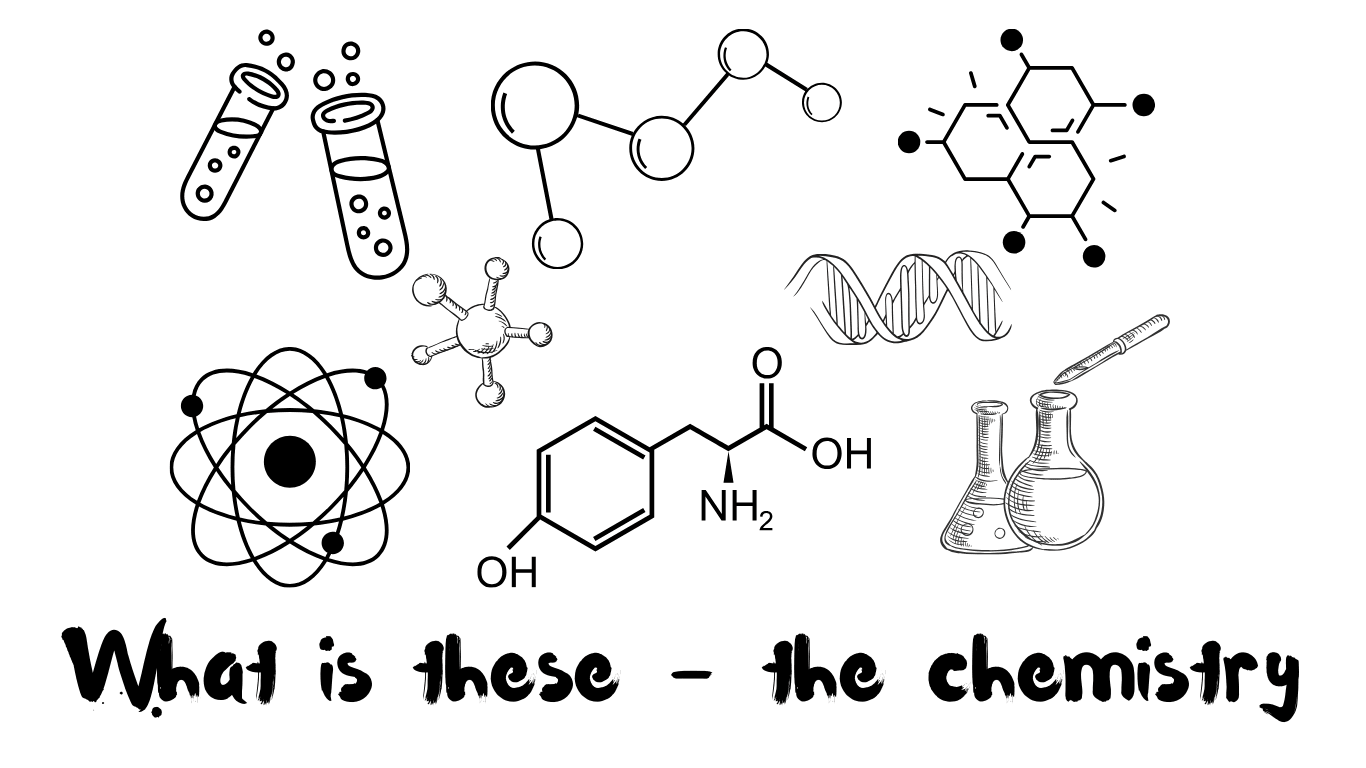Introduction
The journey to understanding atomic structure has been one of the most fascinating and transformative in the history of science. Early models of the atom, such as Dalton’s solid sphere and Thomson’s plum pudding model, laid the groundwork for what would later evolve into the field of quantum mechanics. However, it was not until the 20th century that scientists began to uncover the strange and counterintuitive laws governing atomic behavior. This article explores the quantum foundations of atomic structure, focusing on the revolutionary contributions of Niels Bohr and Erwin Schrödinger, and how their work reshaped our understanding of matter at the smallest scales.
The Bohr Model: A Quantum Leap in Atomic Theory
In 1913, Danish physicist Niels Bohr proposed a new model of the atom to address the limitations of classical physics, especially the inability to explain atomic stability and discrete spectral lines of hydrogen. Bohr’s model introduced key quantum concepts that marked a departure from classical mechanics.
Key Postulates of the Bohr Model
- Quantized Orbits: Electrons revolve around the nucleus in fixed, quantized orbits without radiating energy.
- Energy Emission/Absorption: Electrons can transition between these orbits by absorbing or emitting discrete energy quanta (photons).
- Angular Momentum Quantization: The angular momentum of an electron in orbit is quantized and given by L=nℏL = n\hbarL=nℏ, where nnn is a positive integer and ℏ\hbarℏ is the reduced Planck constant.
Successes of the Bohr Model
- Accurately predicted the spectral lines of hydrogen using the formula: En=−13.6 eVn2E_n = -\frac{13.6 \, \text{eV}}{n^2}En=−n213.6eV
- Introduced the concept of energy levels, paving the way for quantum theory.
- Provided a semi-classical bridge between classical physics and quantum mechanics.
Limitations of the Bohr Model
Despite its initial success, the Bohr model had serious flaws:
- It could not accurately predict spectra of multi-electron atoms.
- It treated electrons as particles in fixed orbits, ignoring wave-like behavior.
- It lacked a rigorous mathematical foundation and violated principles of quantum uncertainty.
The Emergence of Quantum Mechanics
The inadequacies of the Bohr model prompted the development of a more comprehensive quantum theory. Two major theoretical advancements occurred during the 1920s: Heisenberg’s matrix mechanics and Schrödinger’s wave mechanics. These formulations collectively formed the basis of modern quantum mechanics.
Heisenberg’s Uncertainty Principle
In 1927, Werner Heisenberg formulated the uncertainty principle, which stated that it is impossible to simultaneously know both the exact position and momentum of a particle: Δx⋅Δp≥ℏ2\Delta x \cdot \Delta p \geq \frac{\hbar}{2}Δx⋅Δp≥2ℏ
This principle invalidated the concept of fixed electron orbits and emphasized the probabilistic nature of quantum systems.
Schrödinger’s Wave Mechanics: A New Description of the Atom
A pivotal breakthrough came in 1926 when Austrian physicist Erwin Schrödinger introduced a wave mechanical model of the atom. His formulation treated electrons not as particles moving in defined orbits, but as wave-like entities described by a wave function ψ\psiψ.
The Schrödinger Equation
The time-independent Schrödinger equation in one dimension is: H^ψ=Eψ\hat{H} \psi = E \psiH^ψ=Eψ
Where:
- H^\hat{H}H^ is the Hamiltonian operator (total energy operator),
- ψ\psiψ is the wave function of the system,
- EEE is the energy eigenvalue.
In three dimensions, for the hydrogen atom, the equation becomes more complex but solvable due to its spherical symmetry.
Interpreting the Wave Function
The square of the wave function’s magnitude, ∣ψ∣2|\psi|^2∣ψ∣2, represents the probability density of finding the electron in a particular region of space. This probabilistic interpretation was further reinforced by Max Born and marked a departure from deterministic classical theories.
Quantum Numbers and Orbitals
Solving the Schrödinger equation for the hydrogen atom yields quantum numbers that define atomic orbitals:
- Principal quantum number nnn: Indicates energy level and shell size.
- Azimuthal (angular momentum) quantum number lll: Defines the orbital shape (s, p, d, f).
- Magnetic quantum number mlm_lml: Specifies orbital orientation.
- Spin quantum number msm_sms: Introduced later to describe intrinsic electron spin (±½).
Together, these define an electron’s state in an atom and explain complex phenomena such as the periodic table structure and chemical bonding.
Comparing Bohr and Schrödinger Models
| Feature | Bohr Model | Schrödinger Model |
|---|---|---|
| Electron behavior | Particle in fixed orbit | Wave function/probability cloud |
| Applicable atoms | Hydrogen only | All atoms (starting with hydrogen) |
| Orbitals | Circular orbits | 3D orbitals (s, p, d, f) |
| Quantization | Postulated | Emerges from math |
| Accuracy | Limited | High, aligns with experiments |
Impact on Chemistry and Physics
Schrödinger’s model became foundational for both quantum chemistry and quantum physics, providing tools to:
- Predict electron configurations
- Understand chemical bonding (e.g., molecular orbital theory)
- Develop spectroscopy, lasers, semiconductors, and quantum computing
It also helped refine the modern periodic table, explaining periodic trends through orbital structures and electron shielding effects.
Conclusion
The transition from Bohr’s semi-classical model to Schrödinger’s quantum mechanical framework represents one of the most profound shifts in scientific thinking. While Bohr’s model introduced the radical idea of quantized energy levels, it was Schrödinger’s wave mechanics that fully captured the complexity and elegance of atomic behavior.
These quantum foundations remain central to chemistry and physics today, informing everything from drug design to nanotechnology and beyond. As we continue to probe the mysteries of matter, these early breakthroughs remind us of the power of mathematics and imagination in uncovering the fundamental truths of nature.

